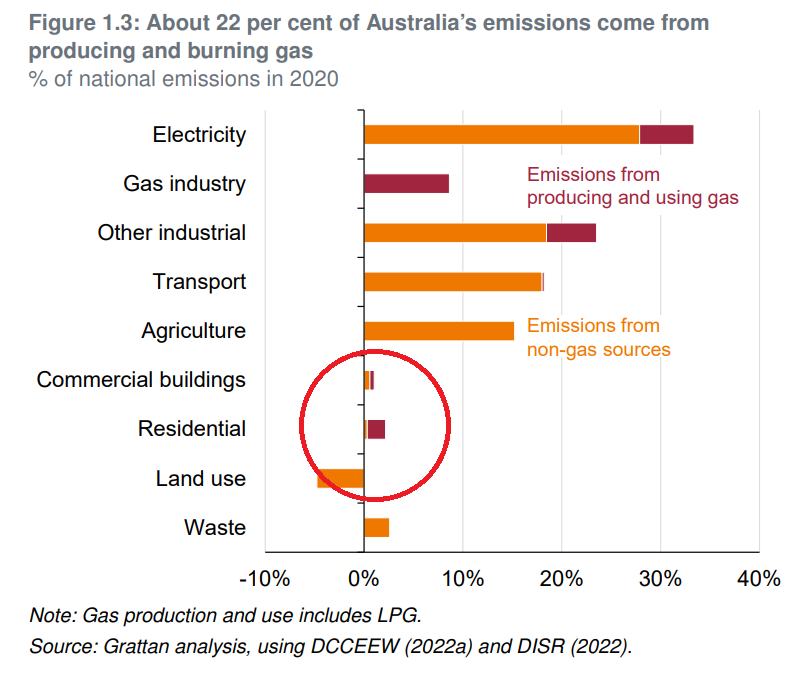Ah yes, your ruined energy grid is back in the news:
The Australian Energy Market Operator (AEMO) has released its 2023 Electricity Statement of Opportunities (ESOO) report, a 10-year reliability outlook that signals development needs for each state in the National Electricity Market (NEM).
The ESOO is produced using insights from developer and market participant surveys, transmission information, and extended analysis of energy limitations, like the potential impact of drought conditions, coal and gas supply shortfalls.
AEMO CEO Daniel Westerman said: “This year’s report highlights the pace of Australia’s energy transition and the urgency needed to deliver new investment to ensure reliable, affordable and cleaner energy for consumers.
“Over the 10-year outlook, we continue to forecast reliability gaps, which are mostly due to the expectation that 62 per cent of today’s coal fleet will retire by 2033.
“To ensure Australian consumers continue to have access to reliable electricity supplies, it’s critical that planned investments in transmission, generation and storage projects are urgently delivered,” he said.
In the next 10 years, electricity consumption and peak demand are predicted to grow due to population growth and economic activity, but also the electrification (fuel switching) across all sectors of the economy, including transportation and residential heating and cooking.
Considering only existing, committed and anticipated projects as per the ESOO’s ‘central scenario’, reliability risks are forecast to exceed the relevant reliability standard in Victoria from this summer, in New South Wales from 2025-26, South Australia this summer and then again from 2028-29 and Queensland from 2029-30.
One hot summer and it’s all going to shut down. How on earth did it come to this?
The following chart captures it beautifully.
From last year’s AEMO outlook for the generation mix to this year’s, coal output has lifted and gas fallen as renewables rise. This assumes the huge Eraring coal generator will close in 2025, which won’t happen as the NSW government panics. So, in reality, you can add another massive 2.88MW’s to coal. A new boom!
Hilariously, profoundly inefficient coal boilers are being used as publically subsidised firming power quangos to support rising but intermittent renewable power. Instead of much more flexible money-making and low-carbon gas turbines fulfilling the role.
This is the spastic outcome of allowing the gas export cartel to take charge of east coast gas reserves. Which it then priced out of domestic use.
This policy was recommended to the Gillard government in 2013 by the Grattan Institute’s energy analyst, Tony Wood, who was fresh from an executive role within the gas cartel at the time:
“With more than $160 billion forecast to be invested in LNG production, the export industry is good for the economy. Governments should therefore resist self-interested calls from some industries to reserve gas or cap prices for the domestic market”.
“One reason that reserving gas is a bad idea is that there is no shortage of gas. The challenge is to ensure that the gas gets delivered to where it is required, and this means commercial buyers and sellers need to reach commercial terms on new arrangements”.
“Capping prices for the domestic gas market is a very bad idea. It amounts to a tax on producers and a subsidy for domestic gas users. Protectionism of this sort may provide some short-term price relief for targeted industries, but it tends to mean inefficient businesses and less investment”.
“Ultimately it leads to higher prices and damages the economy for us all”.
And here we are ten years later. The Grattan Insitute is still sponsored by the same gas cartel, which also owns the Eraring carbon monster, one of the soon-to-be subsidised coal-fired generators.
Never fear! Grattan is back with the answer and it is an absolute shocker:
Grattan Institute’s Tony Wood said getting all households off gas was critical to meeting government emissions reduction targets.
“In Victoria it’s the most important bit cause we use gas for heating our homes and therefore, gas use at home is a much bigger volume in the Victorian home, than the amount of gas used in Brisbane, for example, where you might only use gas for cooking,” Mr Wood said.
“Other states will in time have to move down the same path, even though their priorities might be somewhat different in the short-term.”
Here’s the chart:
Having helped derail the energy transition, Grattan now wants you to pay tens of thousands of dollars to rip the gas out of your walls for next-to-zero emissions reduction.
In fact, as the above AEMO report suggests, you’ll be using more coal to increase emissions by using electricity instead.
Victoria has already adopted this farcical policy to paper over the failing transition. Grattan wants all states to adopt the smoke screen. And, alarmingly, it is getting traction with political dills that don’t know their energy arse from their elbow:
We need to help households get off expensive gas and save on their energy bills by electrifying. The NSW government should support households to go electric, not support the gas lobby. https://t.co/hbUS3VtEZN
— Allegra Spender (@spenderallegra) August 28, 2023
Earth to Allegra, gas sets the marginal cost of electricity. Where one price goes, the other follows.
Call your local MP and tell them your vote is going elsewhere unless they stop listening to the Grattan Insitute.



